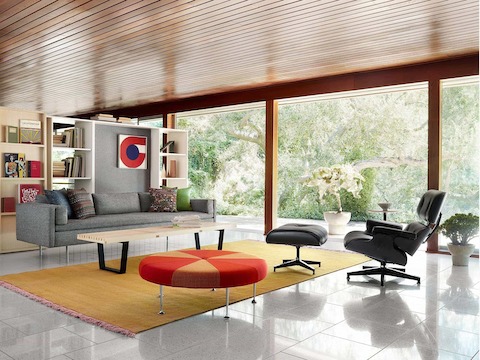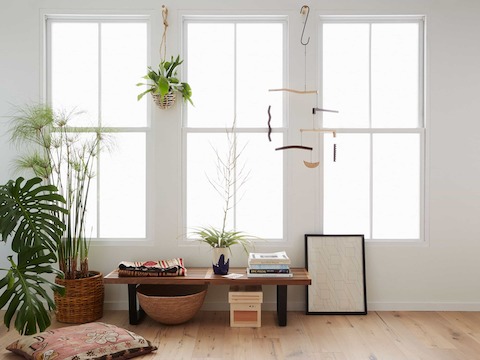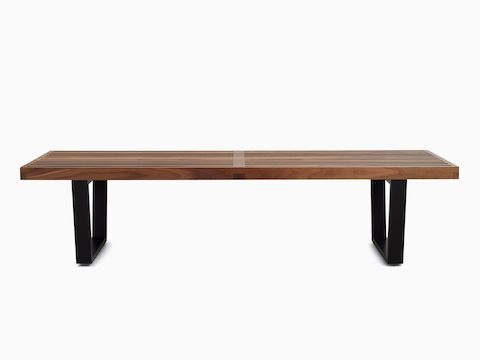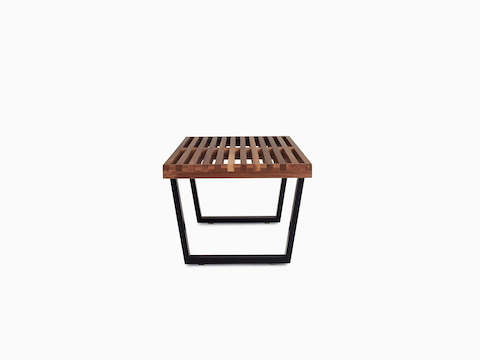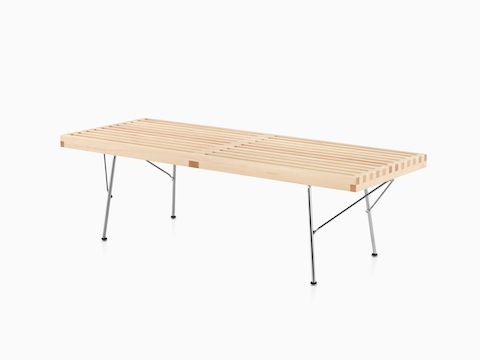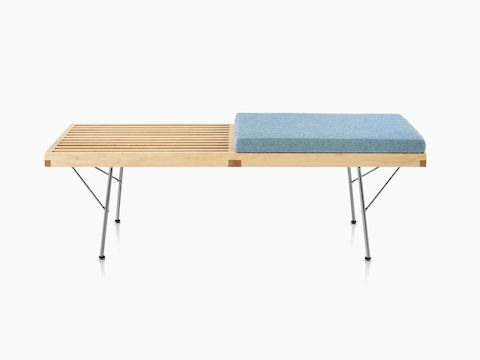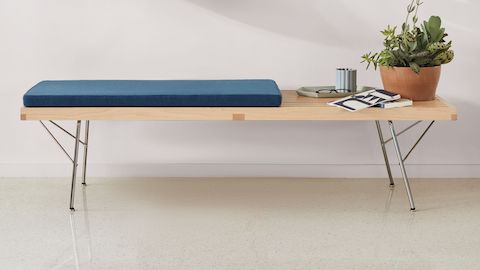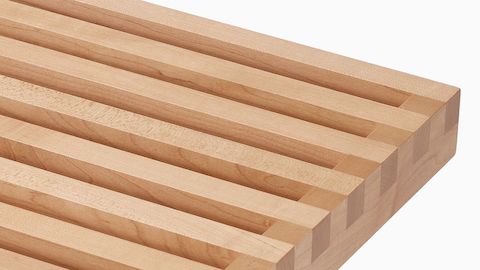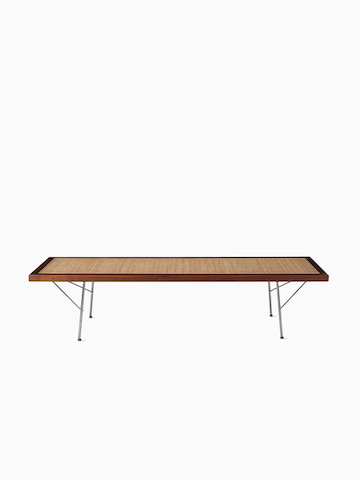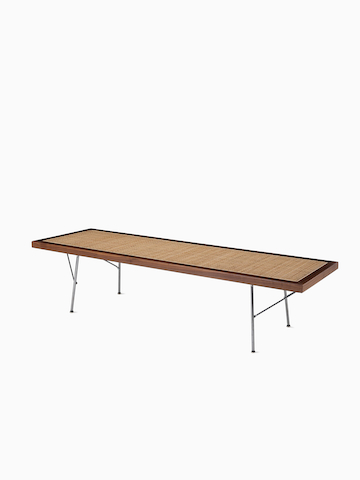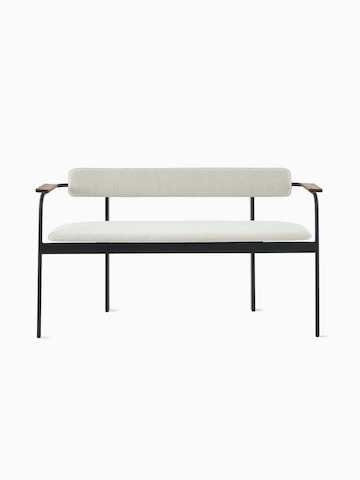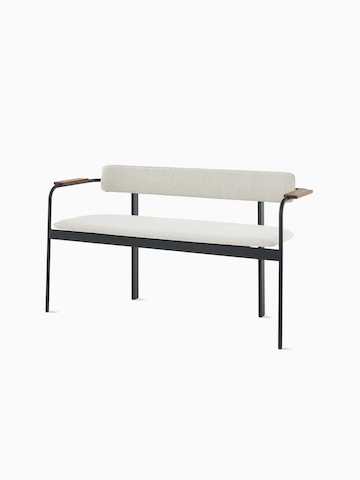Designed by George Nelson
Nelson Platform Bench
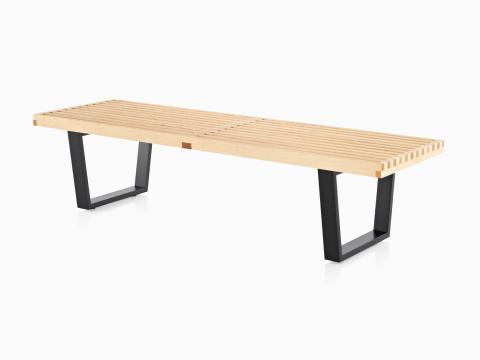
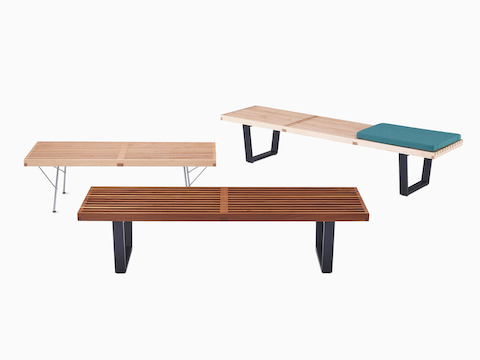
Enduring design
Nelson was an architect before becoming a designer, and the bench’s rectilinear lines reflect his architectural sensibilities, as well as his insistence that a design should make an honest visual statement about an object’s purpose. It’s available in three lengths with polished chrome or ebonized wood legs.
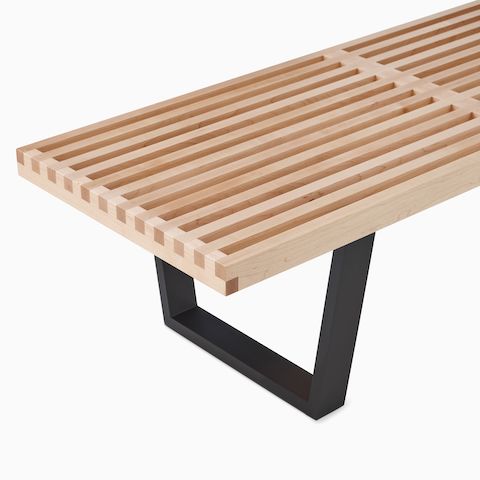
Outstanding craftsmanship
The bench’s flawless design is matched by close attention to detail in manufacturing. Solid wood slats that have been sorted into aesthetically pleasing combinations are assembled by hand and sealed with a clear-coat finish. The slats settle neatly into lap joints, making the bench as durable as it is arresting.
Specs
Dimensions, materials, details, and available options that make up the Nelson Platform Bench.
See the Details
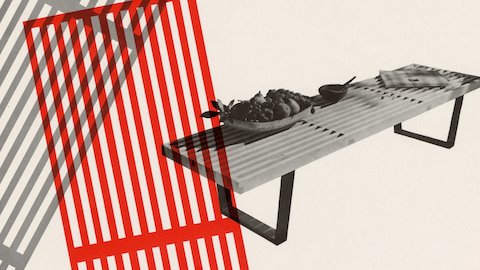
Learn the full story
A design historian’s perspective on how George Nelson’s 1946 Platform Bench went from sidepiece to modern archetype
